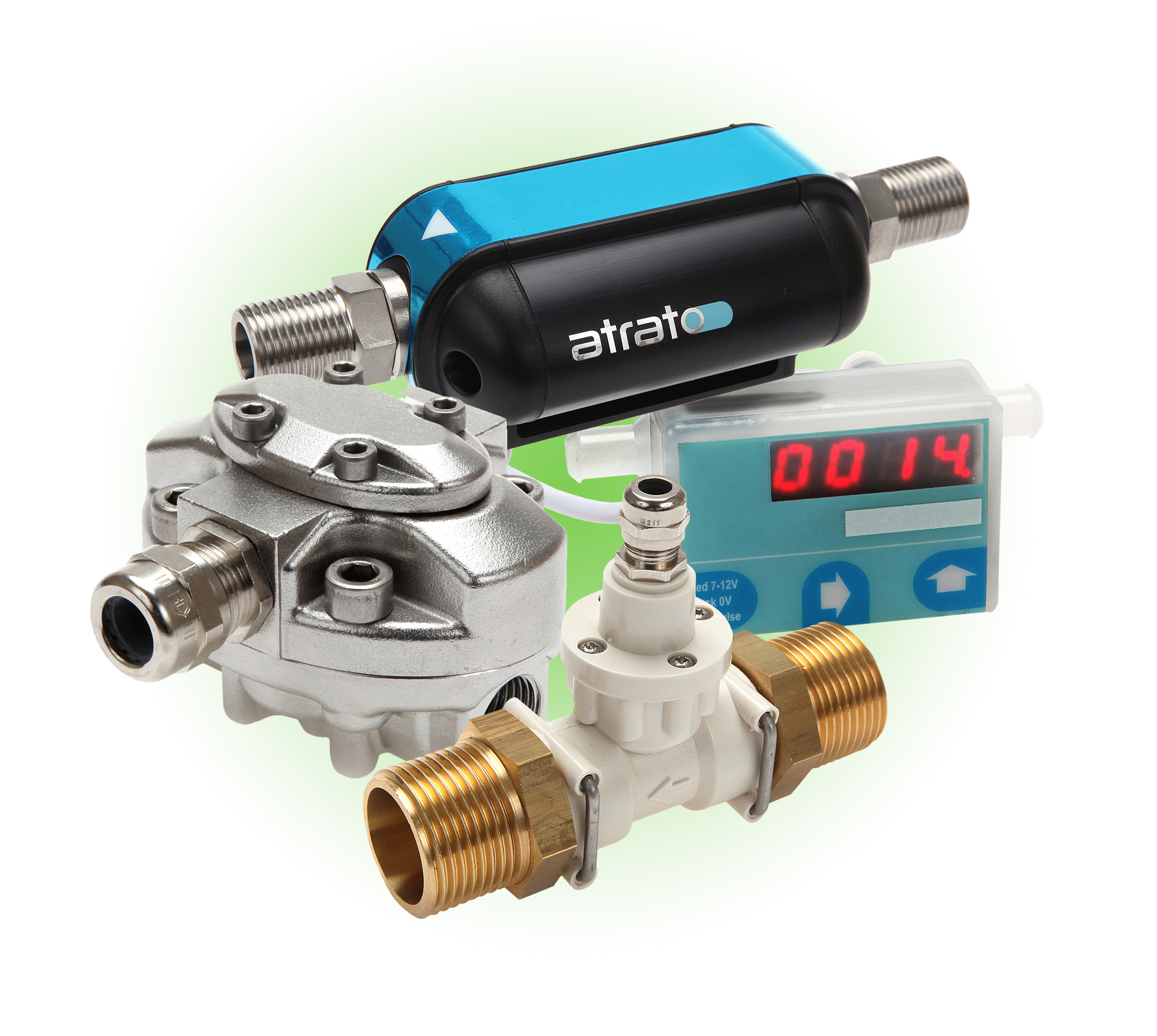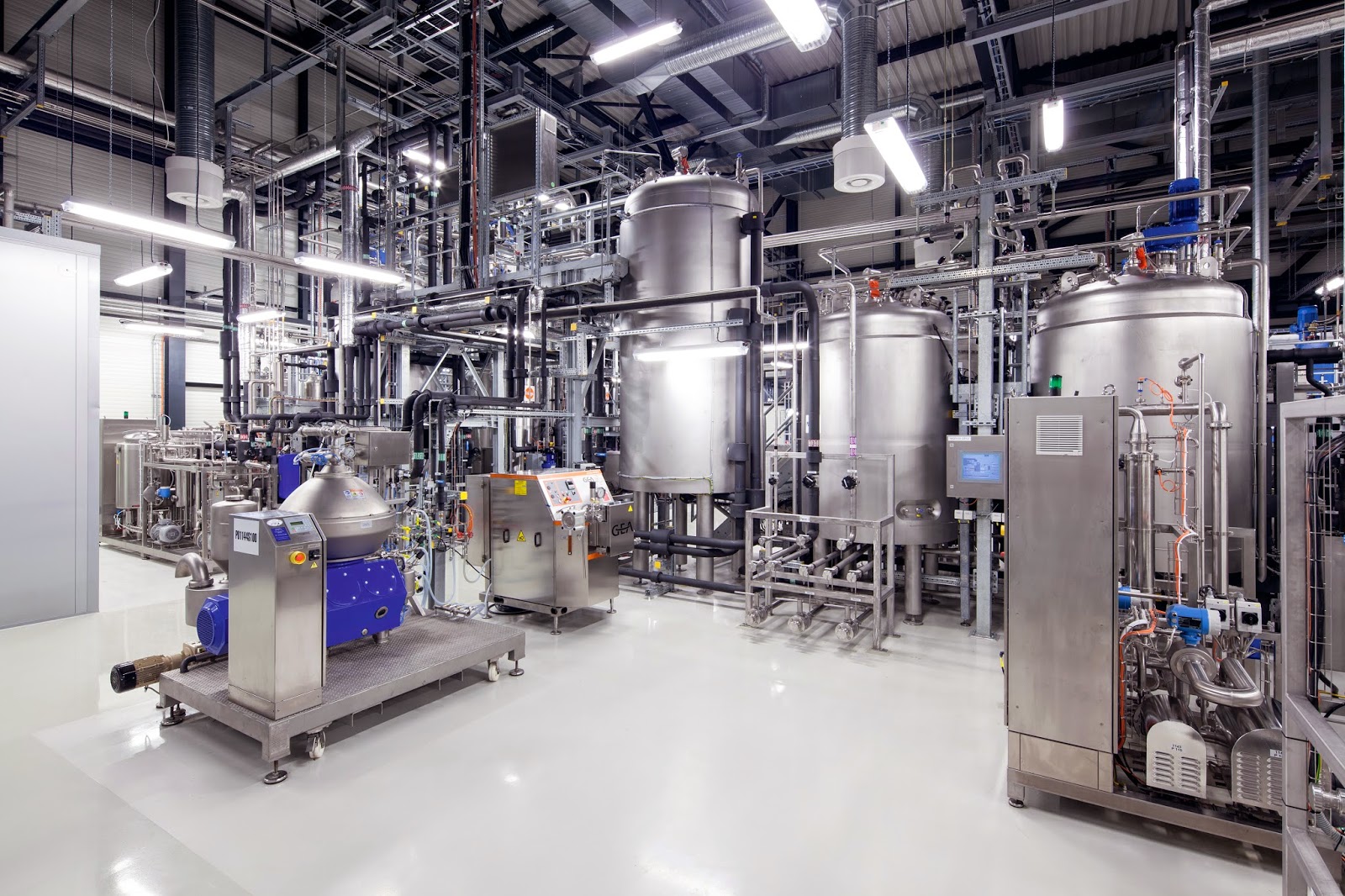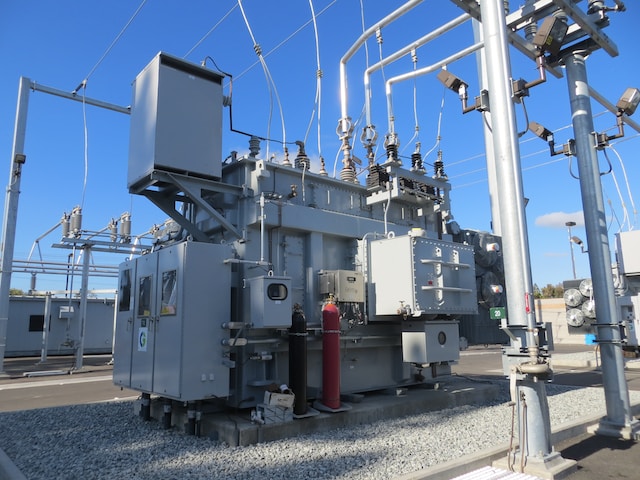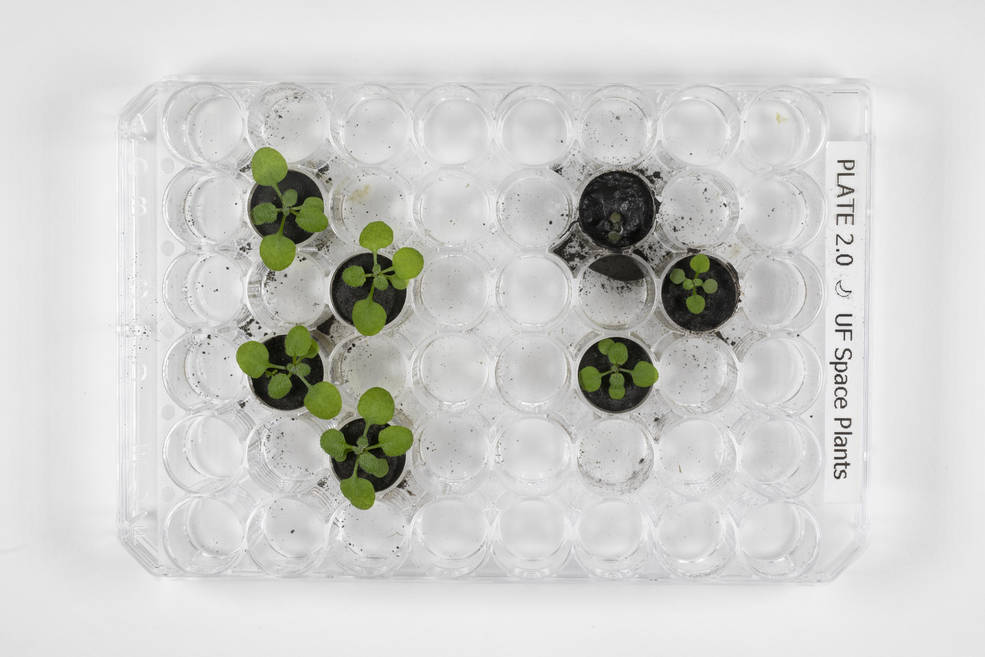Back in 2001, flow meter specialists – Titan Enterprises (www.flowmeters.co.uk) approached the internationally renowned Cranfield Institute in the United Kingdom to discuss a new development of a new generation of small bore ultrasonic flow meters for applications in oil and gas, water and wastewater, power, chemical, food and beverage, pharmaceutical, pulp and paper as well as the metals and mining industries.
Based on these discussions, Titan Enterprises worked with Cranfield over the coming years to develop the Atrato ultrasonic flowmeter, and have exclusive world patent rights to the groundbreaking technology the product range is based upon.
What exactly qualifies a flow meter as ‘small bore’ depends on who you ask. In a laboratory, it can be a hair’s width, in liquid chromatography, perhaps 0.5mm; in a pilot plant, perhaps 6mm; at a process plant, maybe 20mm.
Industrially, ultrasonic meters only work well at 20mm and above, while Titan’s technology allows them to operate down to 1mm bores, which is well below the industry norm.
Today, Titan has extended the capabilities of small bore ultrasonic flow meters well beyond the initial concept Managing Director – Trevor Forster had in mind. In an ideal world, flow measurement should not interrupt the fluid flowing, which can only be done with non-mechanical products available in only a handful of technologies.
Ultrasonic is considered to be the preferable technological solution to this flow metering conundrum as it can cope with a wide range of fluids, flow rates and is becoming less expensive to implement.
What are the benefits of small bore ultrasonic flowmeters?
In many processes the typical diameter of piping is often well oversized for the flow rate it carries and a flowmeter built for such oversized pipe will not often not handle the low flow rate carried unless the flowmeter has a very large turndown ratio of maximum to minimum flow.
Utilizing a small bore ultrasonic flowmeter operating within its flow range leads to better long-term results, especially if the process varies with time. This notion is particularly true with pilot plant applications such as additive injection where the chemicals are being injected at low concentrations, sometimes as low as 0.2 liters per hour.
What are some popular applications?
Due the outstanding performance and operational benefits of Atrato low flow ultrasonic technology it has found widespread acceptance in many industries for a myriad of applications. This diversity has its advantages.
Currently, due to the low price of oil, there has been reduced investment in plant and lower demand for flow metering equipment for oil processing plants. At the same time, Titan has seen significant growth in international demand for Atrato flowmeters for laboratory applications, in the USA for agricultural applications and beer metering in their domestic market. In addition, Titan has a major OEM license for Atrato technology in place for recording the volume of fluid injected into a hospital patient.
What does the future represent?
We reached out to Titan’s Trevor Forster for his outlook on the future of small bore ultrasonic flow meters:
“It is my hope to eventually replace all of our existing products with ultrasonic devices and extend the capabilities whilst improving reliability and reducing cost of ownership, particularly for our OEM customers who represent some 90% of our sales. Being electronic devices, they would be able to communicate directly with the computers within their customer’s systems.”
Request More Information From Titan:








